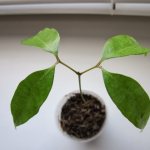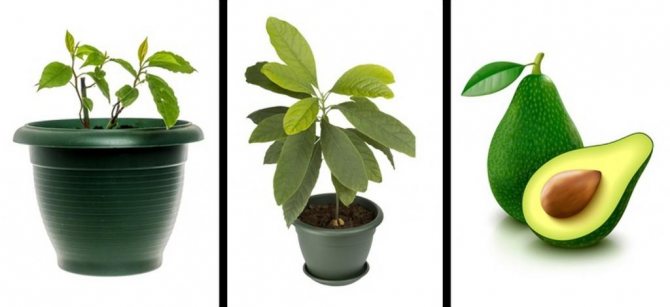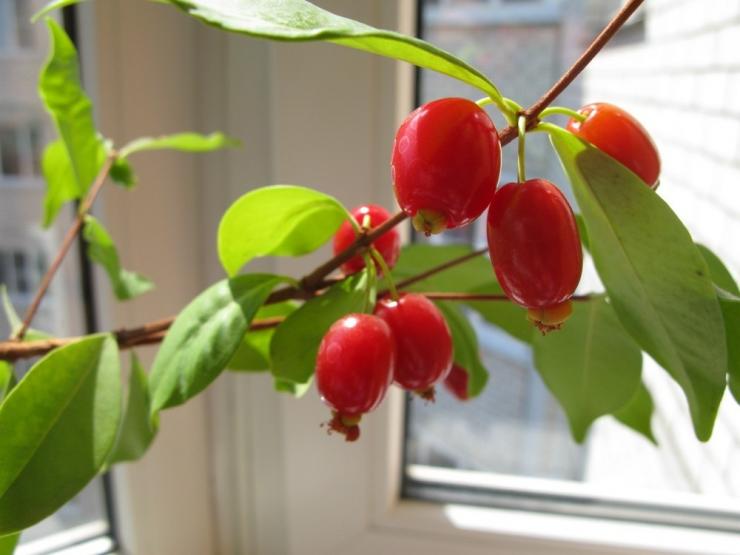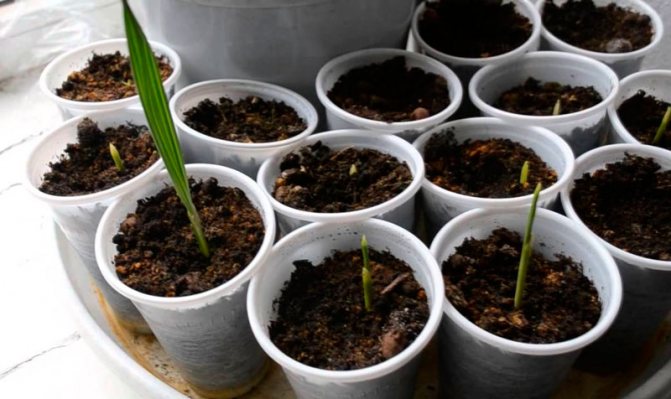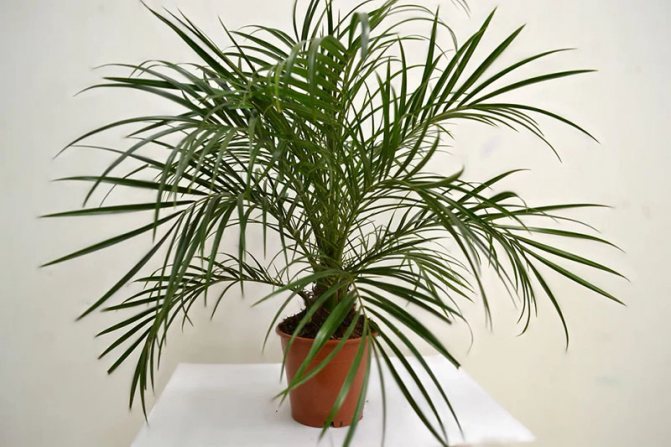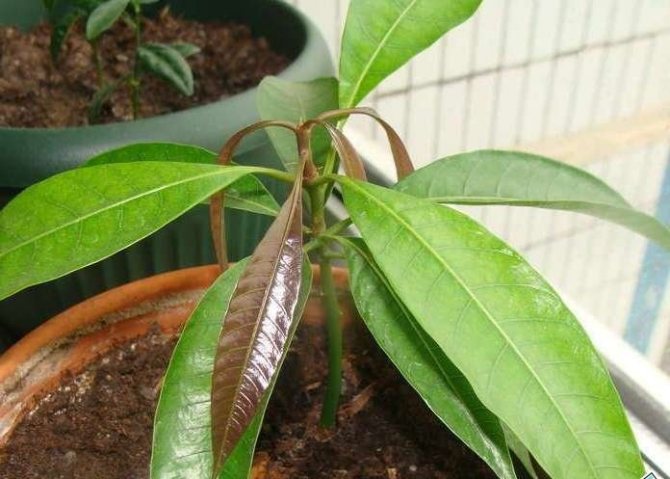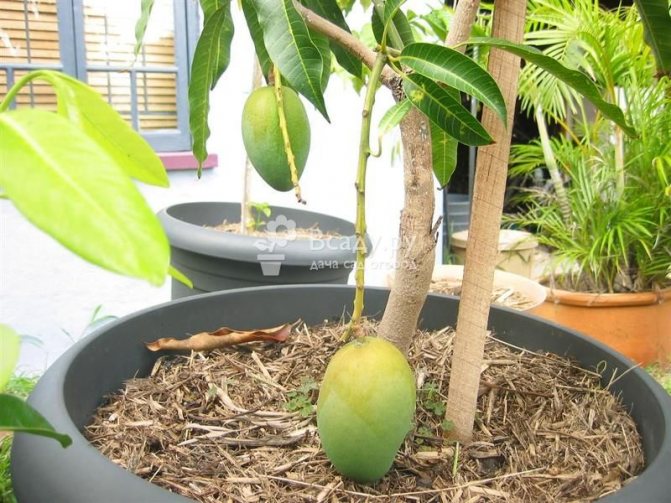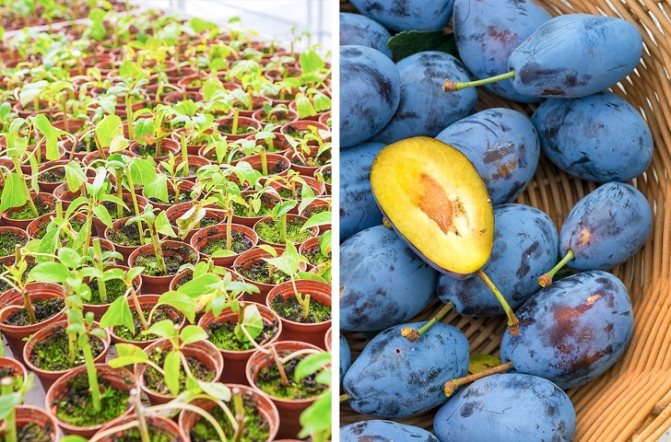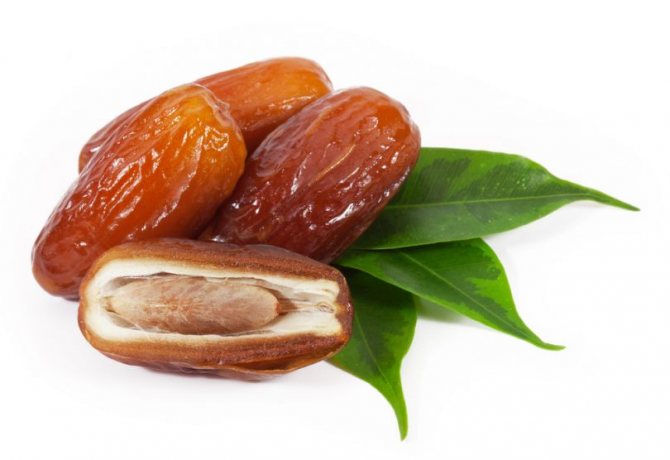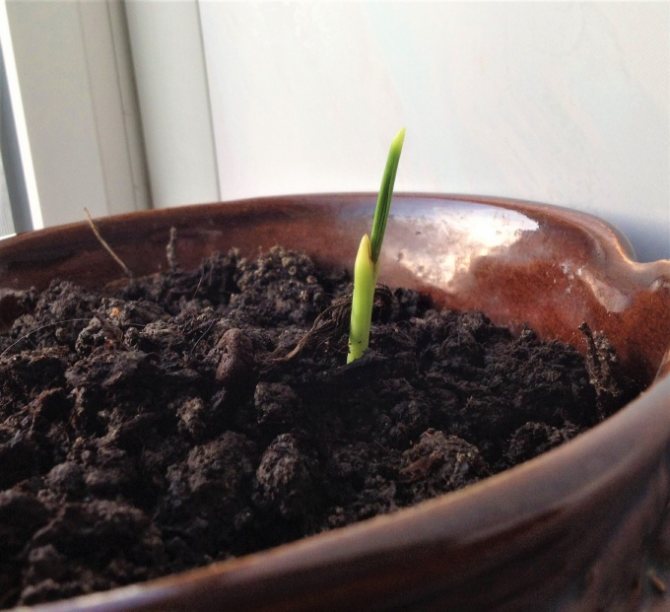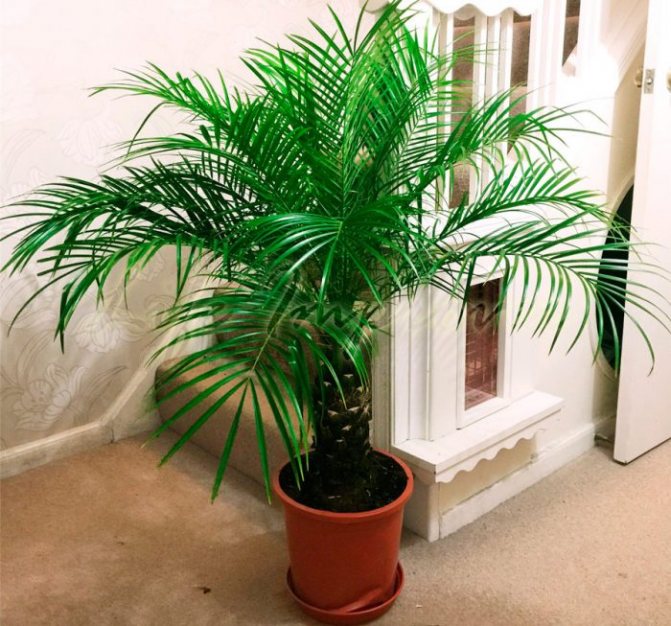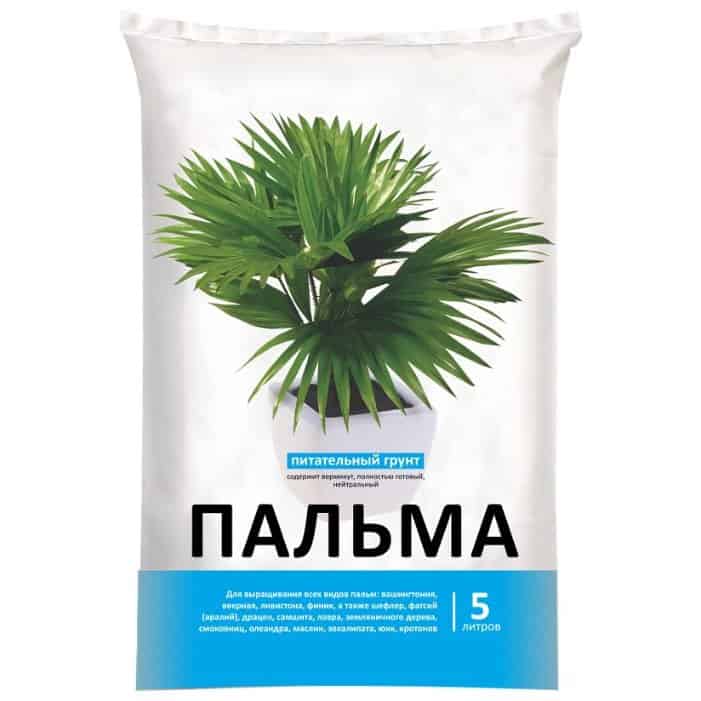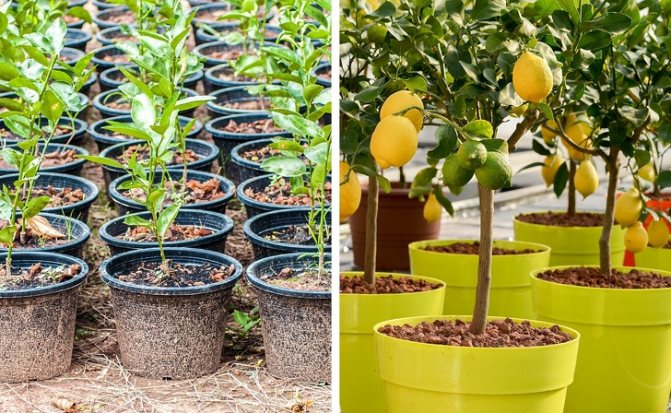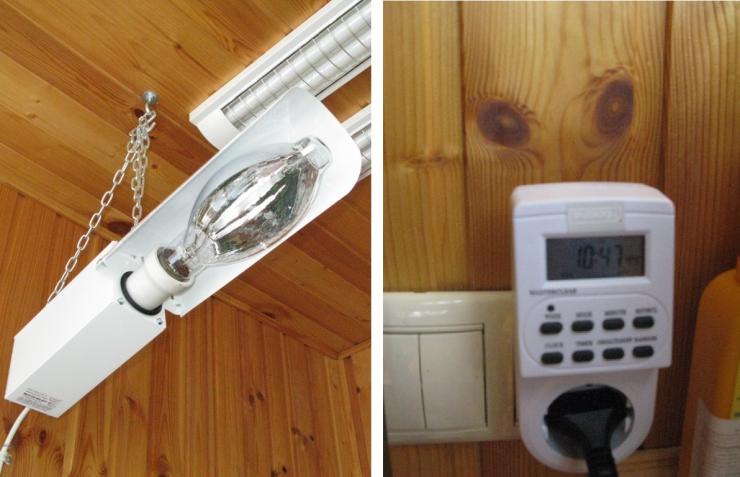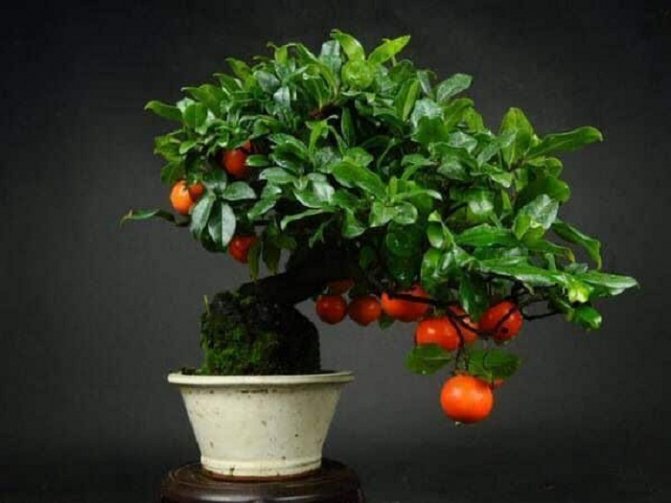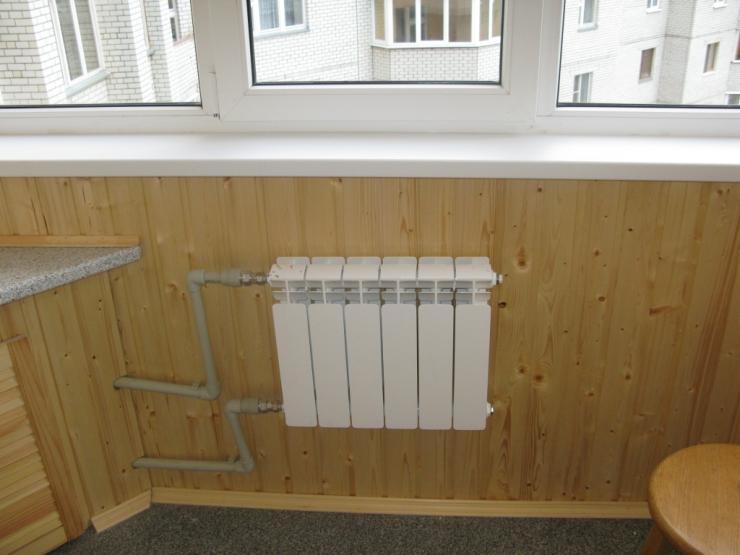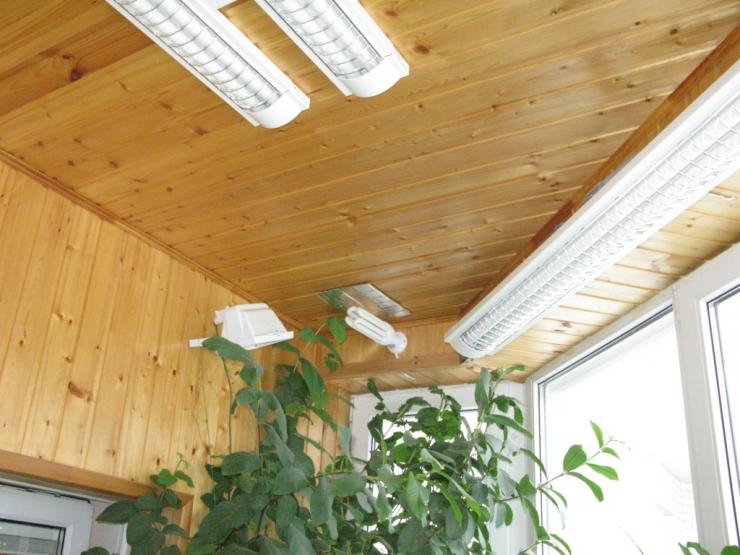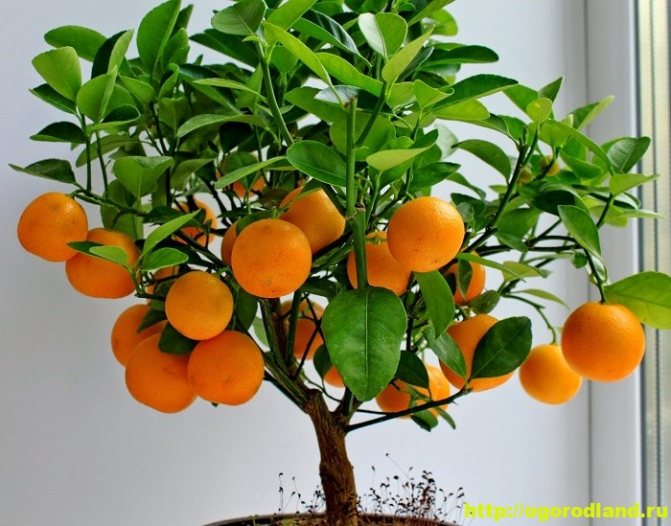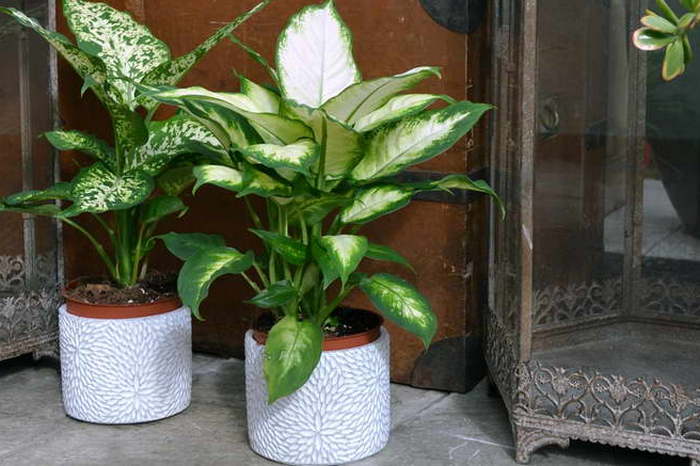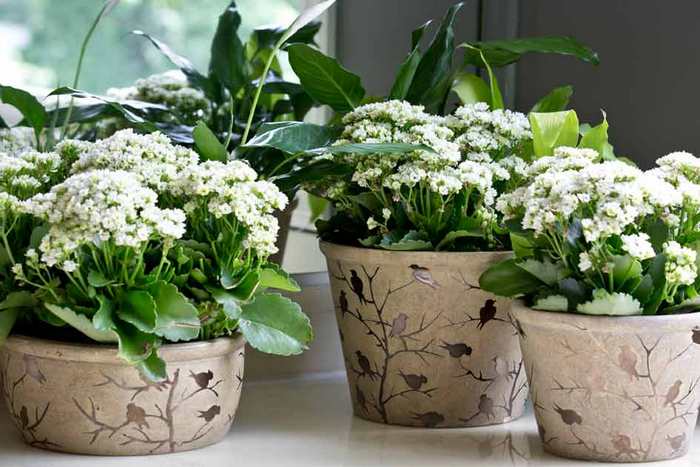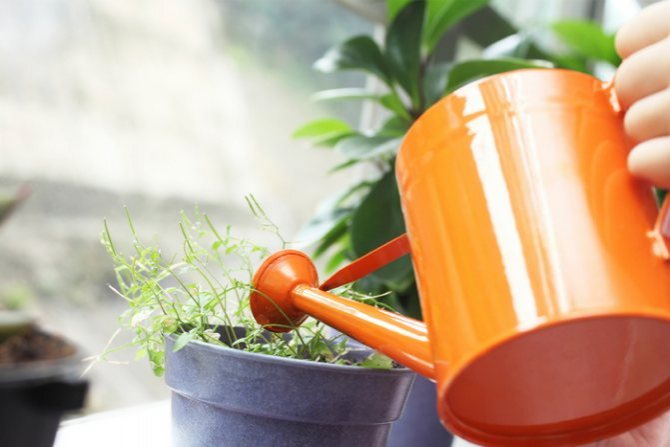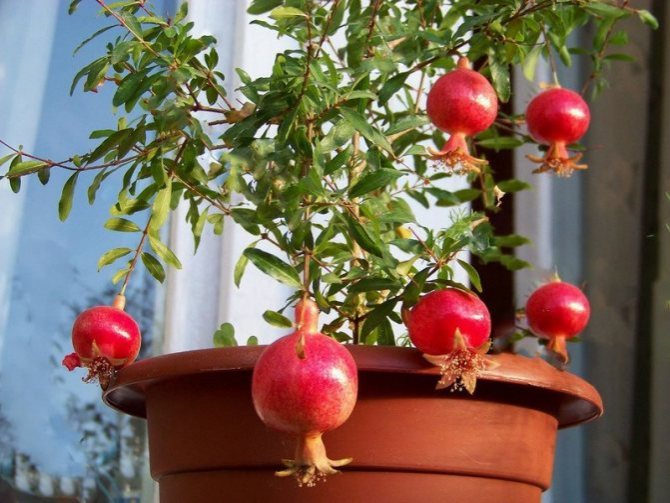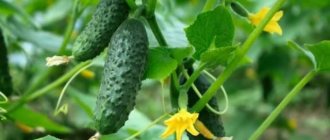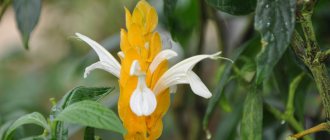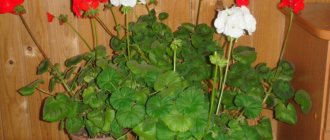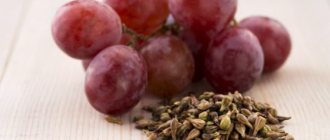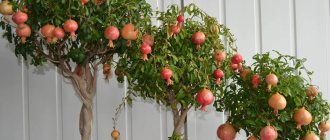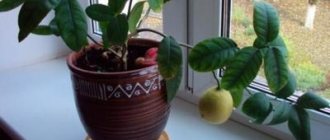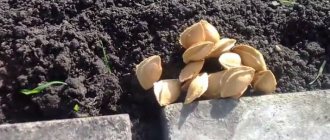Did you like the article? Follow new ideas from the world of the garden and vegetable garden, as well as useful tips in our channel. Subscribe to us on Yandex.Dzen. Subscribe.
Many people have tried planting seeds or seeds from those fruits or berries that they bought in the store. And what a joy it is when, after a while, a sprout sprouts from this seed! After that, some people begin to get carried away too much and throw all the seeds that come to hand into the ground. Of course, it is much more interesting to grow something edible yourself than to buy a fruit or a stalk in a store.
Level - beginner, fruit - citrus.
Everyone's favorite fragrant various citruses can always be bought at the nearest store or in the market. And these fruits are well suited for the first experiments in growing exotic seed plants. Fresh seeds are needed for sowing. Every day the risk that they will not emerge is constantly growing. Therefore, you need to either immediately squeeze, or make sure that they are wet.
Recommendations for planting: first, the seeds are washed, and then they need to be planted in a special soil for citrus fruits, or you can make a mixture of garden soil, peat and river sand. But the soil must be moistened before planting! After the germination of the sprouts, the first leaves should appear - only then they can be planted. It is advisable to immediately plant the seeds in separate cups.
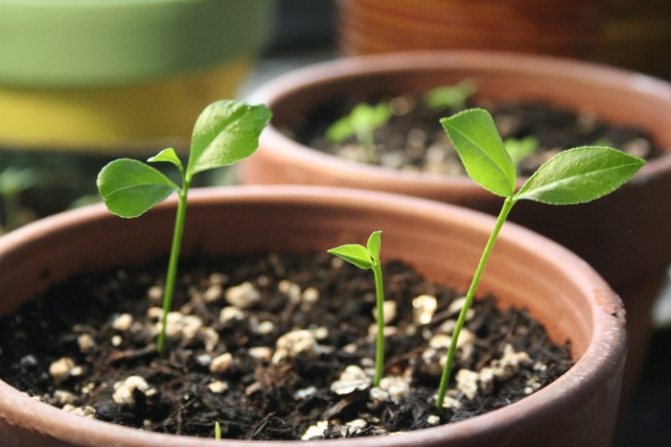
Interestingly, seeds, especially hybrids, do not always retain the variety of their parents. From the seeds planted at home, wild birds grow, which for the next ten years will not produce their harvest. But you can not wait, and after a year and a half, buy a fruitful cutting and graft your sprouts to it.
The most adapted to the home environment are lemons, oranges and grapefruits. More capricious and difficult to grow are tangerines and other hybrids. Each citrus grows in a different way: someone sprouts quickly, someone is undemanding to the soil, everyone has a different duration of flowering and fruiting. But what citrus has in common is an intolerance to dry air, spider mites, aphids and others. The most popular citrus for cultivation has been and remains lemon.
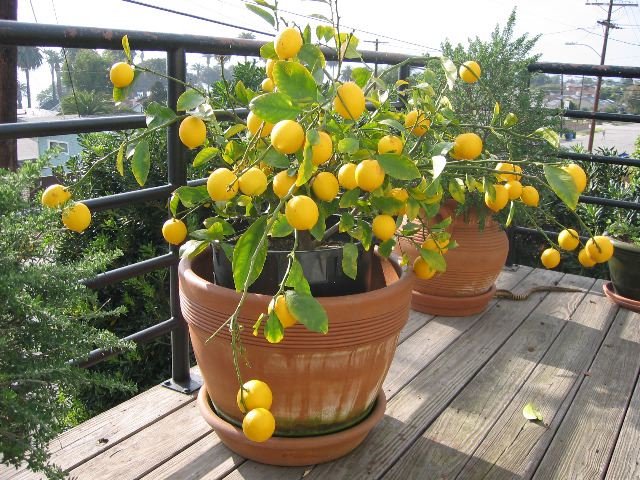

Avocado
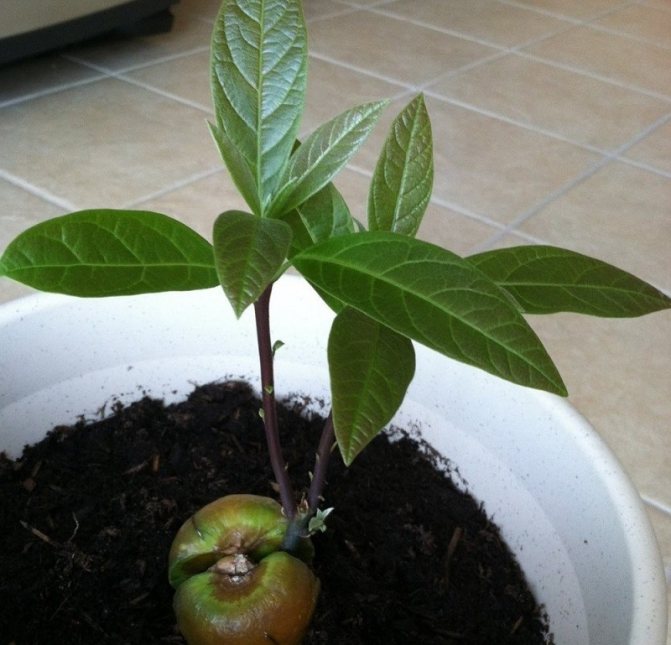

Indoor avocado fruits are extremely rare, and it is difficult to achieve their appearance, so you can try to grow it just for fun. Take a pit from a ripe fruit and plant it in moist soil, pointing upwards with a sharp tip. In this case, the top should remain outside.
There is a second way, which is especially pleasant for beginners - in the water. Prepare the bone first by sticking 4 toothpicks into the blunt part to form a supporting structure. Place it in a container of water so that two-thirds of the avocado is on the surface. Watch the water level, and in a month you will see the first roots, and then a strong sprout. When it reaches a length of 5 cm, it is time to transplant the seed into a pot.
Keep the room bright and humid. The ideal temperature for growing is from +16 to +20 ° С. Regular feeding is required. Remember to pinch the tips of the shoots to form a neat crown. In the cold season, reduce watering and feeding, the temperature can be reduced to +10 ° C.
Conditions for growing at home
In order for the lychee to develop normally when grown indoors, it needs to provide conditions similar to those that the plant has in its homeland. First of all, you need to take care of sufficient lighting. Read about picking tomato seedlings here.
So that the plant does not stretch, it is compact, decorative and, upon reaching adulthood, pleases with flowering and fruiting, it must be grown in rooms with windows of southern, eastern or western orientation.
The Chinese plum is a thermophilic plant, so it develops normally at room temperature. In summer, with sufficient watering, the plants feel great even in a thirty-degree heat.
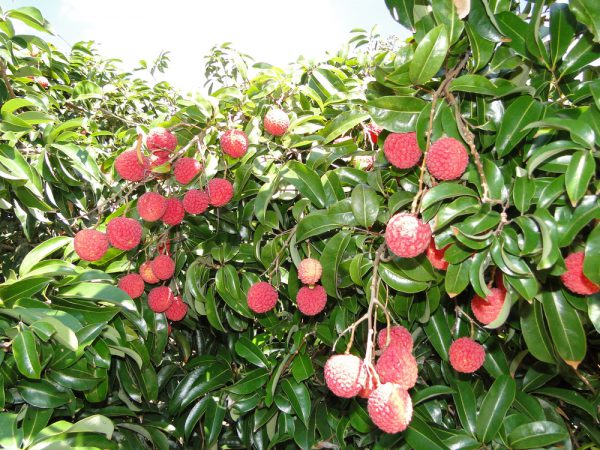

However, in winter, a high air temperature for a tree is undesirable, because it is cool in its native subtropics at this time.
Passionflower
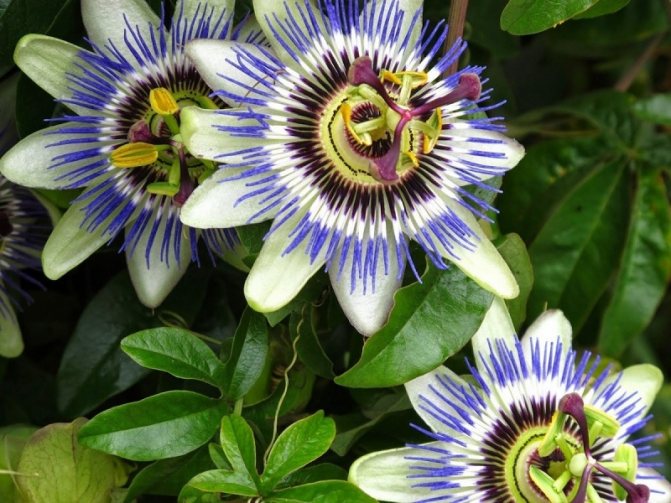

Passionflower in Russia is better known under a different name - passion fruit. This plant with unusual flowers is of interest to many exotic plant lovers. Be prepared that at home you will have to create the most comfortable conditions. As with avocados, you need to provide constant bright lighting and high humidity. Watering should be regular and abundant.
Fig tree (fig)
Seeds of figs (figs, or ficus carica) for planting are "harvested" in the same way as from feijoa: they must be carefully washed, dried and sown superficially into moist, loose soil. Then lightly "sprinkle" with sand, cover with foil and find a warmer place for them. They sprout in about 3 weeks, all this time they need to be regularly moistened and ventilated.
Sometimes difficulties arise with fruiting, but some gardeners manage to get fig fruits from three to four-year-old seedlings.
Garnet
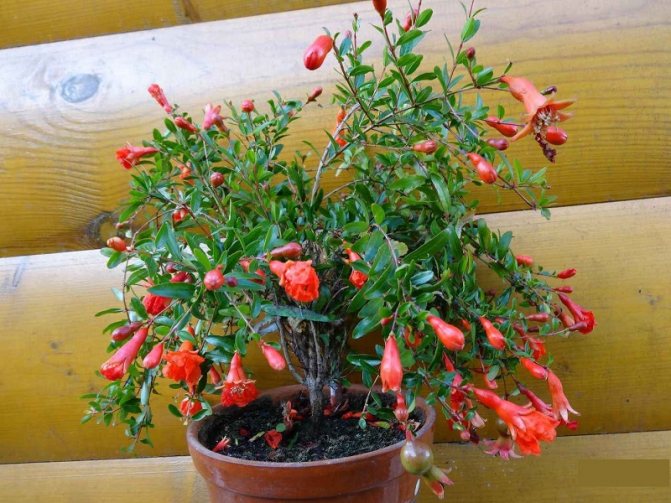

It is unlikely that it will be possible to grow large fruits at home, but small edible pomegranates appear in the homes of even novice florists. Growing conditions are the same as in the previous cases. The main thing is that the overseas guest needs to ensure regular watering and think over additional lighting in winter if you live in regions where cloudy days are common during the cold season. Then the decorative pomegranate will delight you with lush flowers, and then - with juicy fruits.
Useful and unpretentious indoor plants
Best of all indoor plants capture toxic compounds from the air the most "simple": tradescantia, chlorophytum, hoya, ferns. The green or variegated leaves of chlorophytum are capable of absorbing carbon monoxide. Its source is gas stoves, boilers, water heaters. A poisonous compound is formed by incomplete combustion of any carbonaceous substance.
Recently, the fern has become very popular in indoor collections. One of the reasons is the study of scientists who found out the properties of the plant to purify the air from formaldehyde. This compound is used in the production of adhesives, air fresheners, particle boards. Formaldehyde can cause allergic reactions in humans.
Increase the humidity in the room: abutilone (indoor maple), hibiscus, cissus, cyperus. Geranium saturates the air with phytoncides and other useful volatile substances. "Money tree" - krasula, according to legends, provides financial well-being. Watching each green pet is a joy and delight.
Houseplants not only satisfy aesthetic needs. They have a beneficial effect on the psycho-emotional state of a person, increase the comfort of the premises. This is a "green treasure", which everyone can become the owner with a small investment of time and effort.
Enter any flower shop. This is where eternal summer reigns! In the trading floors, like in the jungle, buyers wander in search of a worthy decoration for their home. And so the overseas guest reigns in the house, so that in a couple of weeks he will be happily withering away under the oohs and oohs of the owners.How to preserve and enhance the green home decoration?
Pepino
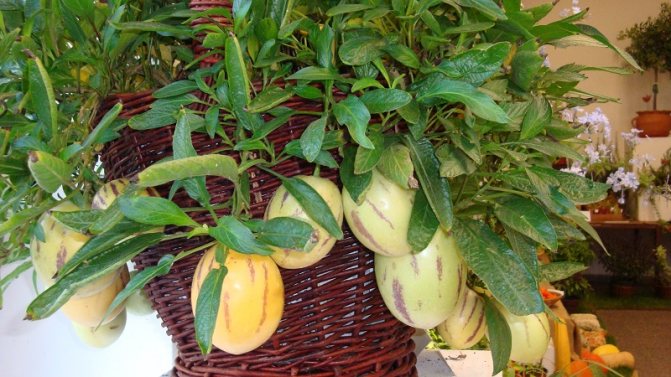

This plant is truly unique - it looks like a pear and tastes like a melon. To grow a new plant on your own, you need to extract the seeds from the mature fruit, transfer them to a small container. Cover the seeds with soaked toilet paper and cover with plastic wrap. Leave in a dark place, but do not forget to moisturize with a spray bottle every three days.
The optimum temperature for growing pepino is + 25 ° C. After the seeds hatch, the container must be rearranged in a place with good lighting until the cotyledons appear. Then the seedlings are dived and transplanted into the soil.
Mandarin
Mandarin is a perennial plant (with a long life cycle) that grows up to 4 m in height.If you are aiming to grow it, the following tips should be kept in mind:
- Place the seeds in a well-lit area, but take care of shading. Use damp ground. The container must be well drained so that water does not stagnate in the ground.
- It is best to use seeds taken from young fruits. They are more resilient. It is recommended to plant them in May or June.
- When the seedlings are large enough, plant the seedlings in a large container of potting soil.
Tangerines grown from seeds can bloom for the first time at the age of 4-7 years. The plant blooms in spring and fruits appear in summer. But they will ripen only in September. In some cases, the plant will need to be pinched in order to achieve fruiting.
Paralympian Talay without arms and legs: "the harder the fight, the more significant the victory"
Seven daily habits of happy people
The newlyweds traveled all over the world and took a wedding photo in every country
Date fruit
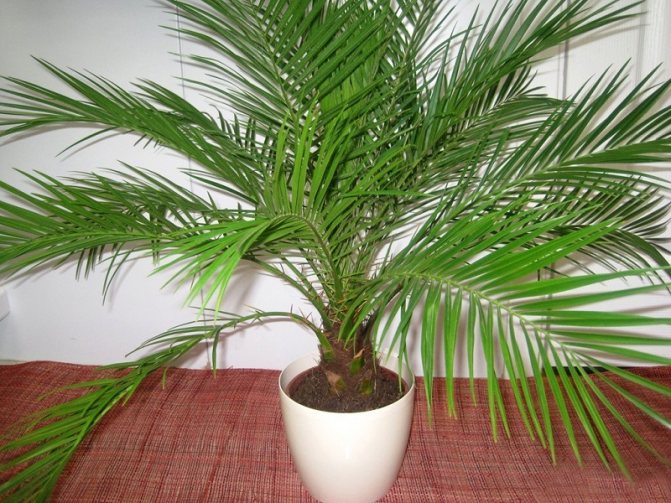

Most often, the bones of dates are thrown away, but in vain. After all, from them you can grow small palms that will look good in any interior. However, you will not see the results of the work immediately. The seedling usually appears not earlier than in a month, and the plant itself will add about 5 cm annually. Serious maintenance is not necessary, just provide regular bright light and moderate watering.
Respect individuality!
Scientists are still debating whether plants should be classified as flora or should be classified as fauna. It is unlikely that indoor flowers are aware of this dispute, but they still require a "human" attitude and an individual approach.
Many novice flower growers mistakenly believe that the main thing after buying a plant is a sea of light and frequent watering. Therefore, at the first signs of wilting, they rush to set it up on a sun-drenched window sill and "give it a drink" as abundantly as possible.
But indoor plants, like people, are all different. Some of them come from the tropical and subtropical forests of America, others from the deserts of Africa and Asia ... Some feel great in the shade and need frequent watering. Others, on the contrary, tolerate a lack of moisture well, but are demanding on sunlight. Therefore, the main task is to create conditions for the plant that are as close as possible to those that exist in its "historical homeland". When buying a flower, find out its Latin name and collect as much information about it as possible.
Medlar
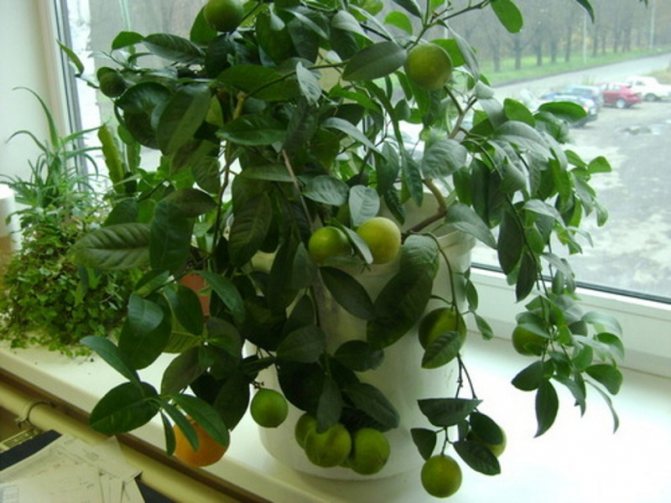

In the middle lane, the medlar can take root even in the open field. The main thing is to cover the plant in the fall so that it does not freeze. The seeds are usually planted in late August or early September. To speed up the process, the hard shell is destroyed by sulfuric acid, sandpaper or some other method. Act as carefully as possible, otherwise you will not see the result of the work.
Prepare a separate container with a moistened peat seedling mixture for each seed. You need to plant it by about 2 cm. From above, the container is covered with a film or glass until the seedlings become about 1.5-2 cm in height.Medlar sprouts on average in a month. The temperature must be at least +18 ° С. Watering at least once every 2 weeks.
Banana
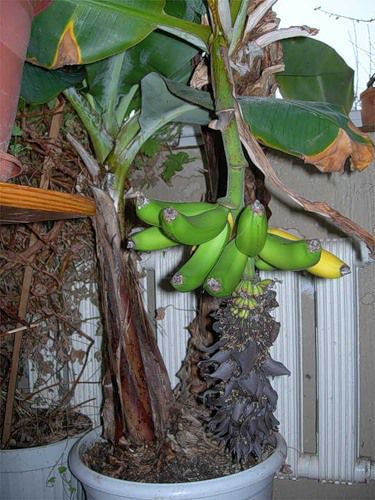

To grow a house, you need to pick up dwarf varieties that grow in height from one meter to one and a half. The seeds are sold in special stores, where you can also buy a ready-made seedling. Such a plant will bear fruit in a couple of years. To grow a banana from those seeds that are found in store fruits, alas, will not work.
The banana should be kept on a sunny windowsill, constantly monitoring the humidity and heat. Temperature changes are detrimental to the plant. Banana doesn't like drafts. The plant must be repotted regularly so that the roots have space. It is also worth keeping the pot on several stones or on a special stand to provide the necessary air flow to the roots. The banana is watered abundantly, but root rot should be avoided, so do not forget to drain. With proper care, a banana bears fruit almost all year round.
Orange
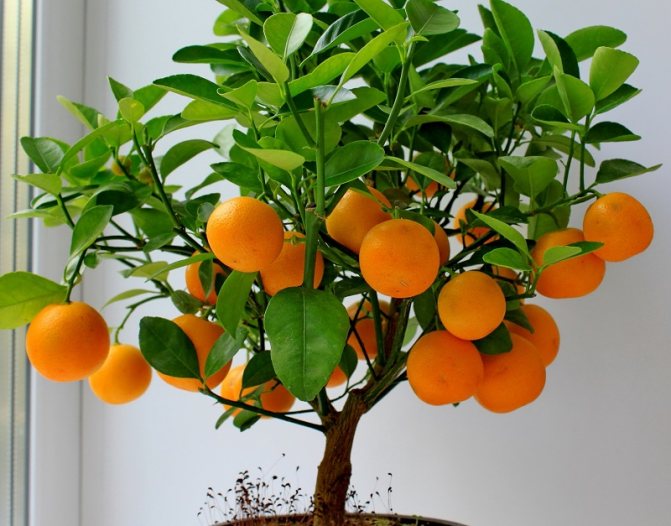

It is best to plant orange seeds in late winter or early spring so that the seedlings receive the maximum amount of light during the warm season. You need the largest seeds. Rinse them and then leave them in water for 12 hours. After soaking, plant 1 cm into the ground.
The main thing is to choose the right soil for the orange. You can buy a ready-made one or make it yourself from a mixture of soil (turf and forest); you will also need humus, sand and peat. The optimal proportions are 2: 1: 1: 1: 1. For a plant, both excessive and insufficient watering are equally dangerous. In summer, in good weather, you can take it out on the balcony. In the fall, fertilizing is required 2 times a month. Choose a citrus fertilizer. A wild game that grows from a seed will bloom no earlier than 10 years later. It is difficult to predict in advance what its fruits will be.
Citrus pits
Citrus fruits include tangerines, lemons, grapefruits, oranges, kumquats, etc.
For sowing, fresh seeds are chosen, which must be washed and planted in a mixture of sand, peat and soil from the garden. After the appearance of several leaves, the plants are seated.
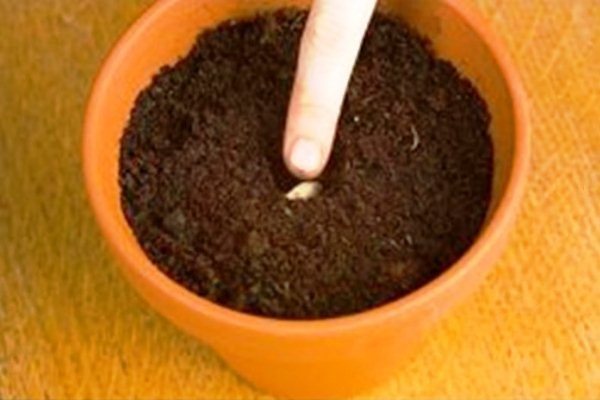

If you want to grow a plant not for decorative purposes, but for the sake of harvesting, it is better to plant cuttings.
A good stock can be grown from lemon or orange seeds. Citrus fruits, although related crops, grow from seeds in different ways. Mandarins and kumquats germinate slowly. But all citrus fruits are susceptible to pests. They are affected by aphids, scale insects and ticks. Lemon grows quite successfully from the seed.
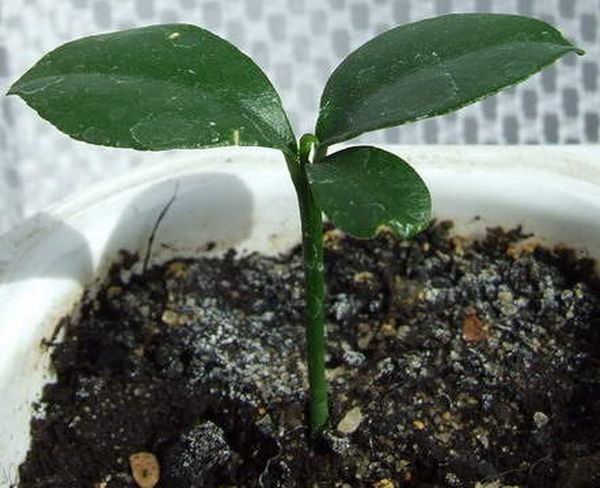

Mango
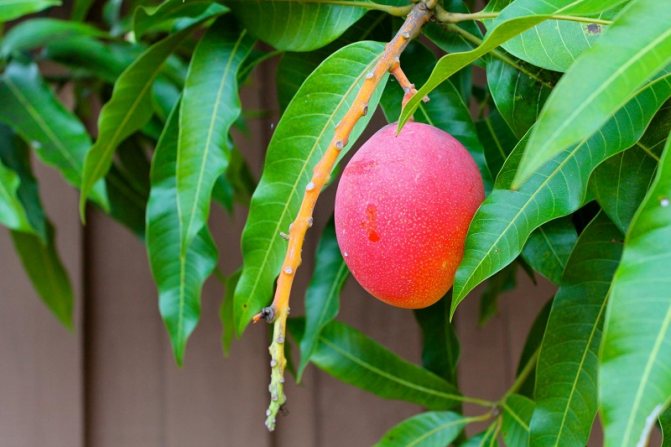

Ever since mango fruits appeared in grocery stores, budding growers have been trying to grow the tree at home. This requires a ripe fruit bone. After removing it, it is thoroughly washed, and then carefully scraped with a knife. For quick cultivation, the bone is soaked in water for a week. You can't go wrong if you choose a universal soil, the main thing is that it should not be very acidic.
It is necessary that one fourth of the bones protrude above the surface during landing. Before the sprout appears, the container is covered with a film, while ensuring regular ventilation. After the shoots appear, the film is removed. The tree is transplanted only when the mango has completely taken root and is strong. In nature, a tree can reach a height of 18 meters. In an apartment it grows up to two meters.
Growing exotic plants from seeds is a task that seems difficult only at first glance. Do not be afraid to experiment, and then on the windowsill in your apartment, in a few years, overseas guests will delight with their unusual appearance and pleasant aroma.
General information about myrtle trees
Myrtle (Myrtaceae) - family of angiosperms, belongs to the order Myrtle. The most famous plants from this family are:
- common guayava, which can often be found in the supermarket;
- myrtle;
- allspice;
- feijoa;
- tea tree;
- eucalyptus.
Myrtles tend to grow as trees or shrubs. Leaves whole, opposite with translucent specks. Flowers of medium size or small, in various inflorescences. The stamens are collected in bunches in large numbers, sometimes with accrete filaments. Lower ovary. The fruit is a berry, capsule or drupe. There are more than 5700 valid species names in more than 140 genera, distributed mainly in warm countries.
The benefits of myrtle have been discovered long ago In addition to a variety of tasty fruits, they actively purify the air, have phytoncidal properties, are a natural antibiotic (which is reflected in folk medicine), and are also used as spices.
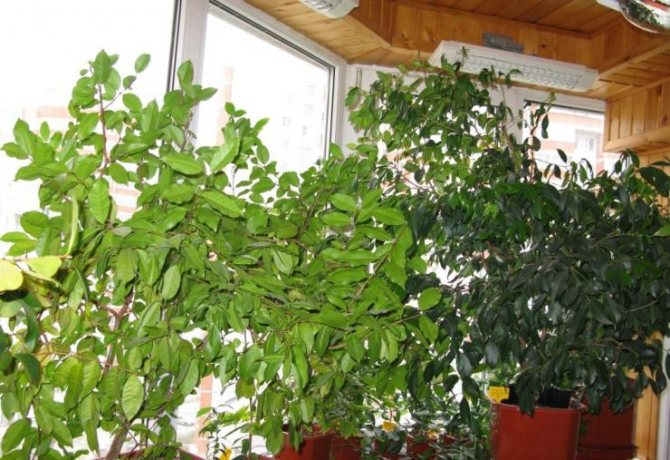

Photo: myrtle orchard on my loggia
Find your way around the area!
Before you start shopping for flowers, find out where the windows of your apartment face. Your choice will largely depend on this.
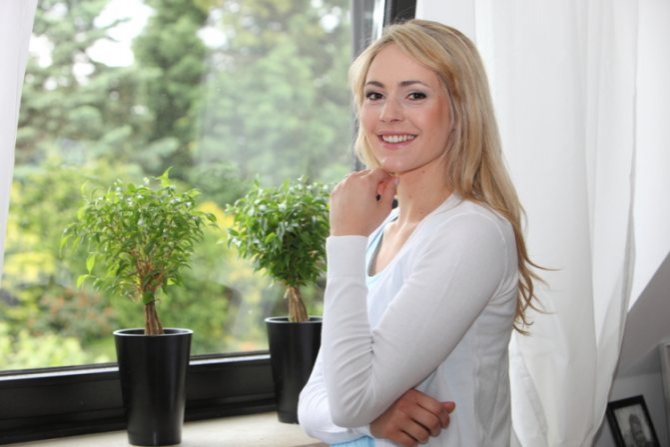

Photo: Depositphotos
South-facing windows are good for growing succulents - cacti, agave, aloe.
For the eastern side, not exposed to direct sunlight, violet, begonia, dracaena, ivy, ficus are recommended.
The western side is loved by the pinnate asparagus and the date palm.
North-facing windows are ideal for growing Tradescantia, Cypress, Philodendron. And begonia grows well on both the east and north sides.
Plant business plan
| Investments: 140,000 rubles | Income: 300,000 rubles |
| Number: 1,000 plants | Payback: 1.5 years |
Growing indoor plants and flowers can be a lucrative hobby for any woman, and even a man. Houseplants are a great gift. If you conduct sales correctly, then there will be no problems with sales. And you can start a business even in an apartment, having several thousand rubles. For a full-fledged business in an apartment, 150 thousand rubles will be enough.
Evaluating the idea
You need to start a business with an idea assessment and market analysis. To determine how much to grow, answer the following questions:
- Where do we grow plants? - in an apartment on window sills, cupboards, in a separate room, in a greenhouse, in another room.
- Who is your target audience? - you need to understand who can buy and whether there are such people in your area. There will be high demand in cities, so if you grow in a village or other rural area, you will have to deliver the plants to the city.
- How and where to sell your products? - monthly sales are needed to get a stable profit.
- Is there any knowledge in growing plants? - before starting, be sure to take courses, buy and read books on growing

